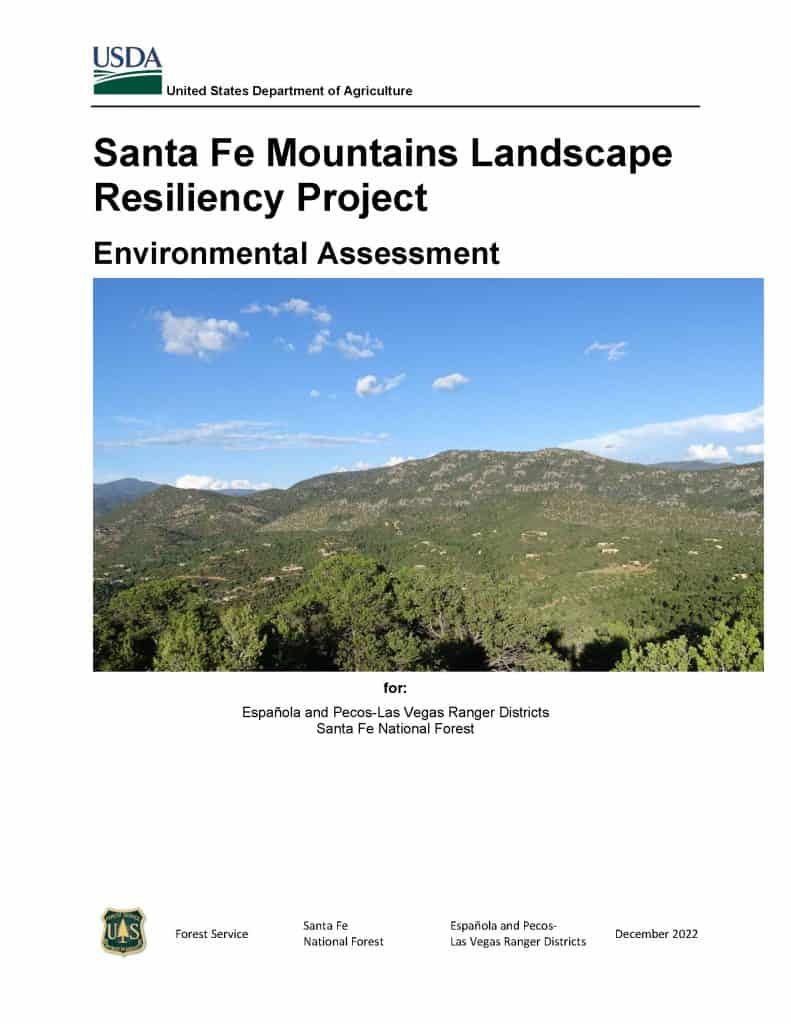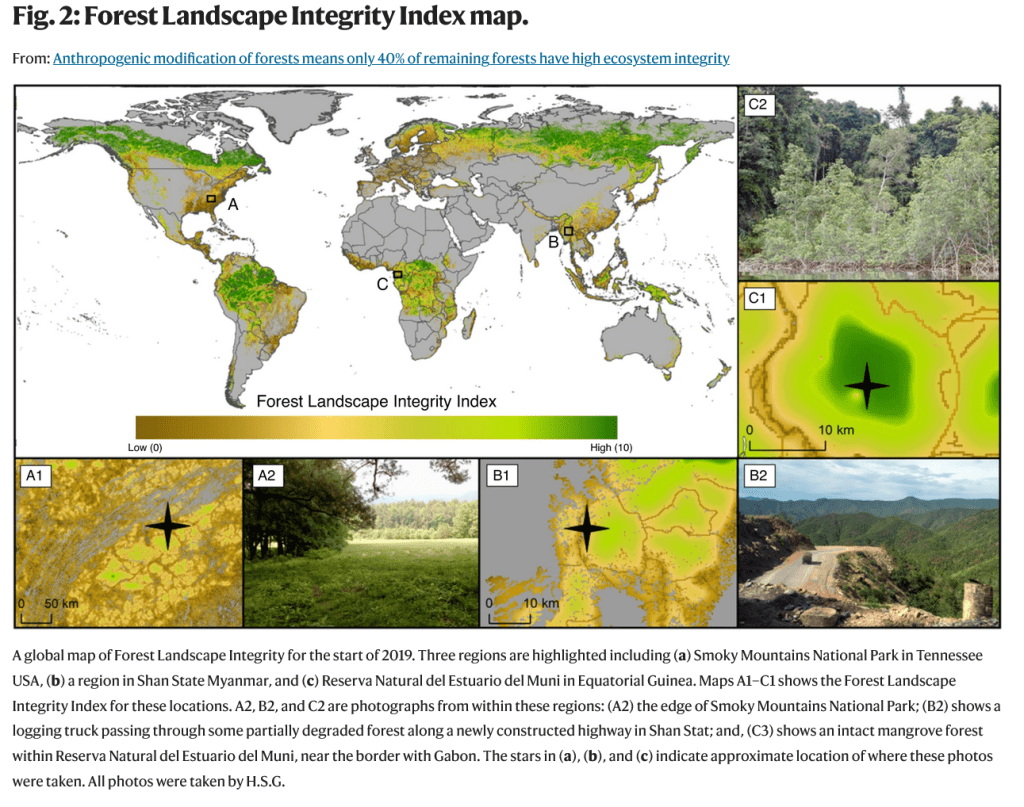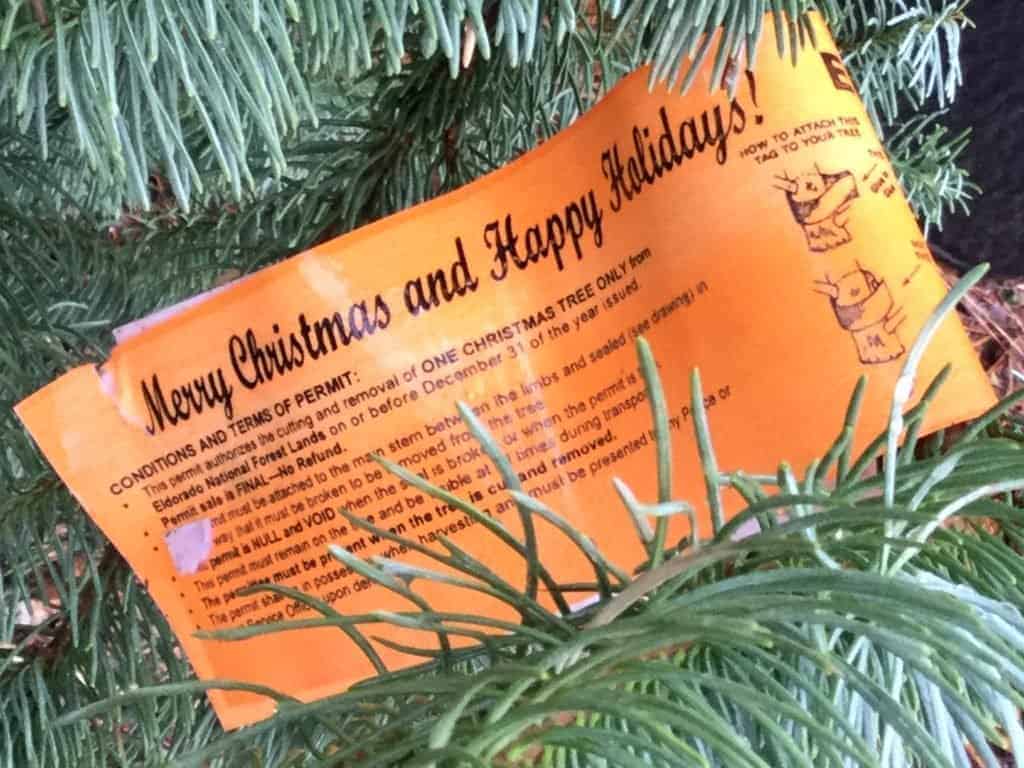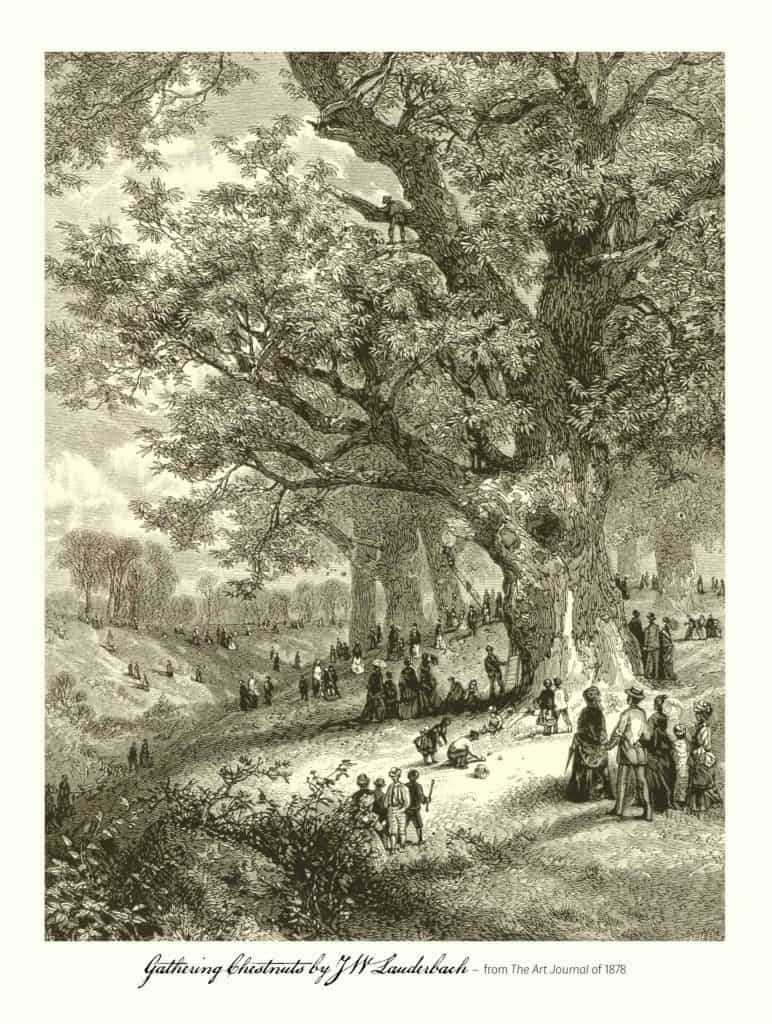
Some old news to start the new year.
Settlement in Cascadia Wildlands v. U. S. Bureau of Land Management (D. Or.)
On October 3, the BLM agreed to reverse the expansion of a categorical exclusion made by the Trump Administration. The Trump rule increased the maximum area for categorical exclusions permitting logging of “dead or dying trees” from 250 acres to 3,000 acres. The rule also doubled the maximum amount of permitted road construction from one-half to one mile of permanent road. The previous categorical exclusion rule had required those roads to be temporary. The BLM will now engage in rulemaking to remove the categorical exclusion language from its NEPA implementing procedures and revert to the old guidance. On August 3, the BLM had alread limited the CE to 250 acres again. The settlement allowed a specific BLM project that had used the new CE to proceed. The news release includes a link to the agreement.
New lawsuit: Dine´ Citizens Against Ruining our Environment v. U. S. Bureau of Land Management (D. N.M.)
On October 26, plaintiffs challenged authorization and issuance of oil and gas leases on 42 parcels, covering nearly 45,000 acres of land administered by the BLM’s Rio Puerco and Farmington field offices in the Greater Chaco area, and BLM’s approval of approximately 120 Applications for Permit to Drill on 8 of these lease parcels. Plaintiffs fault the agency’s failure to adequately analyze the effects this fracking will have on the climate, public health, environmental justice, and cultural resources. There is also a claim of failure to prevent unnecessary or undue degradation of public lands under FLPMA. It comes amid current government efforts to “honor” Chaco. The news release includes a link to the complaint
Notice of Intent to Sue
On November 9, The Center for Biological Diversity and Maricopa Audubon Society notified the Forest Service and Fish and Wildlife Service of an intent to sue for failure to control cows grazing in endangered species critical habitat, primarily along the Salt River and its tributaries. The groups allege the Forest Service is violating the ESA by failing to ensure that ongoing livestock grazing is not likely to jeopardize the yellow-billed cuckoos, southwestern willow flycatchers, Chiricahua leopard frogs, northern Mexican garter snakes, narrow-headed garter snakes, spikedace, razorback suckers or Gila chub and their habitat. The notice follows the Center’s 2020 report and lawsuit and resulting 2021 legal agreement protecting the Verde River from cattle grazing, and recent findings continue to show widespread, severe cow grazing damage in riparian areas. The news release includes a map and a link to the notice.
On November 15, the Arizona Court of Appeals ruled that the state Department of Environmental Quality illegally issued a Clean Water Act permit for the proposed Resolution Copper Mine, which is being opposed by the San Carlos Apache Tribe. The decision overturns a Maricopa County Superior Court ruling and orders ADEQ to restart the permit process. The opinion in San Carlos Apache Tribe v. State of Arizona is included here.
On November 17, the 9th U.S. Circuit Court of Appeals agreed to rehear a federal case in front of a full panel of 11 judges. The 3-judge panel had previously ruled that the federal government was not in violation of the Religious Freedom Restoration Act, and could give land in the Tonto National Forest to the mining company. A link to the district court order under review in Apache Stronghold v. United States may be found here. The earlier 9th Circuit decision was discussed and linked here.
On November 23, Standing Trees, a Montpelier-based anti-logging group, filed a lawsuit in Vermont Superior Court against logging of mature forest in Camel’s Hump State Forest. The group has called for a moratorium on logging in state parks and forests and in the federal Green Mountain National Forest, and has protested the Telephone Gap Integrated Resource Project there (which may be the next lawsuit). The group argues that the Forest Service logging plans violate the spirit, if not the letter, of President Joe Biden’s executive order earlier this year requiring the service to categorize and monitor old-growth trees on federal lands and to implement “climate-smart management and conservation strategies.”
Court decision in Klamath-Siskiyou Wildlands Center v. Bureau of Land Management (9th Cir.)
On November 25, the 9th Circuit upheld the North Landscape Project against NEPA and ESA claims, as discussed here.
Injunction pending appeal in Blue Mountains Biodiversity Project v. Jeffries (9th Cir.)
On November 18, the circuit court agreed to preserve the injunction until it hears the case against logging around the recreation area on the Ochoco National Forest to manage root rot. (The article includes a picture.) The district court opinion was summarized here:
A Supreme Court decision has threatened the immediate future of the native timber industry in Victoria, according to logging proponents. The court ordered stricter rules for VicForests operations, after it found the government-owned agency broke the law by failing to adequately protect the yellow-bellied glider and the endangered greater glider in Victoria. The court ordered VicForests to undertake more rigorous surveying for gliders in logging coupes, create wider protected areas where gliders were located, and maintain at least 60 per cent of basal area eucalypts in harvested areas where gilders were identified. (This is from Australia, but does it sound familiar?)
There were a number of developments related to the Endangered Species Act that may affect public land management.
Court decision in Center for Biological Diversity v. Holland (N.D. Cal.)
On November 16, the district court granted the requests by the U.S. Fish and Wildlife Service and National Marine Fisheries Service to send the 2019 Trump Administration changes to ESA regulations back to them for further reconsideration. The 2019 rule changed procedures for listing, interagency consultation, and incidental take. The judge left the changes to the ESA intact, saying he couldn’t vacate them without having first ruled on the merits of the environmentalists’ claims. There is no deadline for this reconsideration. The article contains a link to the ruling.
New lawsuit: Center for Biological Diversity v. Haaland (D. D.C.)
On November 29, the Center sued the U. S. Fish and Wildlife Service for failing to complete a national wolf recovery plan. The existing plan has separate treatments for the eastern timber wolf in Minnesota, the delisted gray wolf population in the northern Rocky Mountains and the Mexican gray wolf in the Southwest, and the agency has attempted to delist the species in other areas. The lawsuit also challenges the failure to prepare a required 5-year status review. The article includes a link to the complaint.
- Potential ESA Listing lawsuits
The Center for Biological Diversity has also been busy prodding the Fish and Wildlife Service to make listing decisions for several species.
On November 14, they filed a Notice of Intent to Sue for deciding to not list the southern hognose snake. The species lives in longleaf pine savanna, a forested fire-dependent ecosystem that once covered an estimated 92 million acres in the Atlantic and Gulf Coast regions. Because of forest clearing and fire suppression, longleaf pine forests now cover less than 3 million acres.
On November 15, they filed a Notice of Intent to Sue for improperly delaying protection of the least chub, a species found in spring habitats in Utah’s Bonneville Basin. The main threat to the species is groundwater pumping, but much of the habitat is found on BLM lands where oil and gas development is a threat to some populations. The fish have also been introduced at protected sites on BLM lands. There is more information about an immediate water pipeline threat here.
On November 15, the Center also filed a Notice of Intent to Sue for improperly delaying protection of the Fish Lake Valley tui chub in Nevada. The FWS had found substantial evidence that listing the fish may be warranted, but the agency failed to issue a decision on whether protection is warranted by the legally required deadline. The Center alleges that the state of Nevada, which has the authority to manage groundwater, failed to correct severe overpumping as groundwater levels continue to fall across the valley. The chub is a BLM sensitive species, and additional threats include geothermal leases on BLM lands and numerous proposed lithium mines on a nearby playa.
On November 7, the U.S. Fish and Wildlife Service has revised its proposal to designate critical habitat for the Southern Sierra Nevada distinct population segment of fisher. The critical habitat designation would include approximately 595,495 acres and span six units in California’s Tuolumne, Mariposa, Madera, Fresno, and Tulare Counties. The majority of the land comprising these units is owned and/or managed by federal, state, or tribal governments.
On November 30, the Dixie Valley toad was given permanent protection as an endangered species under ESA (replacing an emergency designation). Its only habitat is threatened by a geothermal energy project approved by the BLM, which is currently in court (last discussed here). The final rule is here.
And finally, an election on November 8 for the Deschutes Basin North Unit Irrigation District in Oregon was viewed as a referendum of sorts on a habitat conservation plan that allows incidental take of bull trout and Oregon spotted frogs, both listed under the Endangered Species Act. Two candidates for board members were outspoken against the HCP, and they were both defeated by a vote of those who use the water managed by the District.





